7 Reasons to NOT use e-mail for urgent messages
Reason #1: Lack of background detail, richness and context
E-mail is just one of many modes of communication that are available to us these days. For some messages, it’s the best mode to use; for others, it’s not. And urgent messages are one type of message that is NOT suited to e-mail. Let me explain . . .
The diagram below is a media richness framework originally developed by Richard L. Daft and Robert H. Lengel. This framework can be used to rank or evaluate the ‘richness’ of various communication modes, by their ability to accurately convey the information sent via that mode.
In the framework below, you can see a range of communication modes, from text/instant/facebook or twitter messages, to e-mail to voicemail to phone (mobile/landline), to video conference to meetings. As you move along this scale, the degree of detail, context and background information in the message tends to be greater - they increase in ‘media richness’.

With instant messages, you tend to use as few words as possible. E-mail permits you to add more detail and include coloured text, documents and photos, adding ‘richness’ to the communication. Voicemail allows you to use your distinctly personal and recognisable voice; you can vary speed, tone and volume of speech and add emotion, making this mode even richer and more impactful than e-mail.
Phone communication allows greater richness again, as issues can be discussed back n’ forth, ensuring greater clarity and understanding. With video-conferencing, a visual dimension is added, thus allowing eye contact and facial responses to add further richness. Finally, in a meeting you also have body language and physical gestures, for the richest of communication modes.
However, these days we tend to gravitate towards e-mail for the majority of our communications - because it’s easy, quick, convenient, cheap, gives us a record of the conversation and so on.
However, with e-mail, we are working with only the written word (no auditory or visual components), so it can be difficult to achieve great richness or detail in our message, especially if the e-mail is urgent! In fact, by the time we achieve the richness needed to provide clarity to the e-mail message, we’ve probably compromised its urgency - it would have been better to use a different communication mode for that urgent message!
So that’s the first of the 7 reasons to NOT use e-mail for urgent messages. Our next blog post will look at how e-mail messages can be easily misunderstood and why sometimes a richer mode of communication should be used.
